Hibiscus – Gudhal
The Hibiscus plant, known as Gudhal in many regions, is a vibrant and captivating flowering plant that is admired for its stunning blooms and ornamental value.
Origin and Taxonomy:
Hibiscus plants are native to warm and tropical regions around the world, including Asia, Africa, and the Americas. They belong to the Malvaceae family, which encompasses hundreds of species and cultivars.
Appearance:
Hibiscus plants are known for their large, showy flowers with vibrant colors that range from red, pink, orange, yellow, and white. The flowers often have a prominent central stamen and pistil, surrounded by colorful petals. The leaves are typically deep green and have a glossy texture.
Growth Habits:
Hibiscus plants exhibit various growth habits, including shrubs, trees, and herbaceous perennials. Some varieties can grow up to 10 feet (3 meters) in height, while others are more compact and suitable for containers or smaller gardens.
Light Requirements:
Hibiscus plants thrive in full sun to part shade conditions. They require at least 6 hours of direct sunlight per day to ensure optimal growth and abundant flowering. However, they can tolerate some shade, especially in hot climates.
Watering Needs:
Hibiscus plants prefer consistently moist soil. They should be watered deeply and regularly, especially during periods of dry weather. However, it is essential to avoid waterlogged soil, as it can lead to root rot. Mulching around the base of the plant helps retain moisture and regulate soil temperature.
Soil Requirements:
Well-draining soil is crucial for the healthy growth of Hibiscus plants. They thrive in loamy soil that is rich in organic matter. The soil pH should be slightly acidic to neutral, ideally between 6.0 and 7.0.
Fertilization:
Regular fertilization is important for promoting vigorous growth and abundant flowering in Hibiscus plants. Use a balanced, slow-release fertilizer or a water-soluble fertilizer specifically formulated for flowering plants. Follow the recommended dosage and application instructions provided by the manufacturer.
Pruning and Maintenance:
Pruning helps maintain the shape and size of Hibiscus plants and encourages bushier growth and more flowers. It is best to prune in early spring before new growth emerges. Remove any dead or diseased branches and shape the plant as desired. Regularly remove spent flowers to prolong blooming.
Propagation:
Hibiscus plants can be propagated through various methods, including stem cuttings, air layering, and seed sowing. Stem cuttings are the most common and reliable method. Select healthy stems, remove the lower leaves, and place them in a well-draining rooting medium. Provide warmth and humidity to encourage root development.
Common Issues:
Hibiscus plants can face common issues such as pests (aphids, whiteflies, scales) and diseases (powdery mildew, leaf spot). Regular monitoring, proper cultural practices, and early intervention can help prevent and manage these issues. Ensure good air circulation around the plant and avoid overwatering to reduce the risk of fungal diseases.
Hibiscus Flowers symbolise health, beauty, glory, delicacy, power, immortality and respect in addition to use in the worship of the Goddess. Red flowers are used in Herbal and Ayurvedic medicines.
Hibiscus plants, with their stunning flowers and diverse growth habits, add beauty and colour to any garden or landscape. Enjoy the enchanting blooms and the joy they bring to your outdoor spaces.
Things to know about HIBISCUS
Common (vernacular) Name
गुड़हल (Hindi), Gudhal or Gurhal, Rosemallow, Jasud, China rose, Shoe flower and many more.
Botanical Name
Hibiscus rosa-sinensis
Origin
Asian either China or India.
Family
Malvaceae
Plant Type
Tropical and Hardy both.
Plant Features
Ornamental / Evergreen / Exotic
Life Cycle
Perennial
Landscape Uses
Container Planting and Houseplants.
Species
Hibiscus acetosella, Hibiscus arnottianus, Hibiscus brackenridgei, Hibiscus californica, Hibiscus calyphyllus, Hibiscus cameronii, Hibiscus cannabinus, Hibiscus cisplatinus, Hibiscus clayi, Hibiscus coccineus, Hibiscus dasycalyx, Hibiscus denudatus, Hibiscus diversifolius, Hibiscus elatus, Hibiscus fragilis, Hibiscus furcellatus, Hibiscus fuscus, Hibiscus grandiflorus, Hibiscus coccineus, Hibiscus hamabo, Hibiscus hastatus, Hibiscus heterophyllus, Hibiscus indicus, Hibiscus insularis, Hibiscus laevis, Hibiscus lasiocarpos, Hibiscus lavaterioides, Hibiscus ludwigii, Hibiscus macrophyllus, Hibiscus militaris, Hibiscus moscheutos, Hibiscus mutabilis, Hibiscus paramutabilis, Hibiscus pedunculatus, Hibiscus platanifolius, Hibiscus radiatus, Hibiscus rosa-sinensis, Hibiscus sabdariffa, Hibiscus schizopetalus, Hibiscus scottii, Hibiscus sinosyriacus, Hibiscus syriacus, Hibiscus tiliaceus, Hibiscus trionum, Hibiscus waimeae.
Varieties
It comes with hundreds of different varieties in a diversity of leaf and flower colorations. Some famous verities are available in a myriad of colors and exotic variegation, such as Albo Lacinatus, Arizona Sunrise, Bright Hope, Butter Cup, Breath of Life, Bronze Age, Bantam Rooster, Carrot Top, Clair de Lune, Courageous, Dapple Dandy, Dreamtime, Dynamo, Desire, Daisy Mae, Dainty White, Ecstatic, Early Spring, Elfin Magic, Enchanted, Enchilada, El Capitolio, First Light, Girl Band, Humongous, Hot to Trot, Hula Girl, Hibiscus Liliiflorous, Inner Compass, Ingenue, Key to My Heart, Joie de Vivre, Juliet, Loyalty, Lilac Lake, Moulin Rouge, Mother Nature, Mariachi, Magma, Muscle Beach, Mission to Mars, Norse Giant, Orange Glow, On Golden Pond, Orange You Pretty, Paso Doble, Preciosa, Petrified Wood, Pepper Spray, Palm Springs, Pyrotechnic, Pot of Gold, Peanut Butter, Pride of Hankins, Rudolph, Red Flair, Red Cape, Satsuma, Scarlet Beauty, Summa Cum Laude, Spice Island, Toucan, Tap Dance, Tahitian Ultra Bright, Toast & Jam, Trojan Horse, Up and Comer, Valentine's Day, Vin Electrique, Wham Bam, Yellowmania, White Hot and many more.
Size
Height : 3 to 8 feet tall and Width : 1 to 4 feet wide when mature.
Indoors or Outdoors
Outdoors : Excellent plant grow in bright light or full sunlight. Best outdoor plants for beginners.
Indoors : Hibiscus is not totally indoor plant but it can also does well as an indoor plant required bright light with some direct sunlight daily.
Blooming / Flowering
Blooming period is throughout the year.
Flower Colour
It’s come with a contrasting Yellow, Orange, Pink, White, Blue, Purple, Red, Red Spectrum, Black Spectrum, Pale Yellow, White Spectrum, Burgundy, Multicolored and Variegated colours.
Lucky Plant
It bring good luck and good fortune, but can also symbolize sunshine and happiness.
Lighting / Sun Exposure
Sun Lover : Bright Sunlight or Full Sunlight at least 6 to 8 hours. Hibiscus can tolerate full sun but in the heat of the summer, they might become stressed. In winter, Hibiscus needs the brightest room in the house.
Temperature
Grow best preferably temperature between 15°C to 30°C and can be tolerate max temp. as high as 32°C. If after 32°C their buds will drop and leaves will turn yellow and drop as well.
Growth Rate
Hibiscus is a fast-growing plant and can grow up to 3 to 4 feet per year.
Watering
Thoroughly and deeply should be done only when the soil feels dry however they do like their soil to be kept moist. Not tolerate overwatering it may cause root damage and yellowing of the leaves.
Fertilizer
Slow-release high potassium fertilizer, or a water-soluble liquid fertilizer once or twice in the growing season (Spring through Summer).
i.e. - Cow dung, DAP, Compost, NPK 9-58-8 fertilizer, liquid organic fertilizer, or micronutrients like copper, magnesium, and iron. etc.
Pruning
Pruning of Hibiscus should be done only in the spring or early summer. It encourages to new branches and shoots to appear and bloom on new growth. It is also a way to get rid of infected branches or dead steams.
Propagation
Seeds : Can growing Hibiscus from seeds. But it may take several years for the plant to mature to bloom. This method is the hardest and requires very specialized facilities and equipment.
Stem Cuttings : The easier methods of propagation of Hibiscus in water or in soil via stem cuttings, and can be done during the late spring or early summer.
Division : N/A
Dormancy Period
Month : November to February (winter season)
Drop their leaves, buds and show poor growth, Watering minimally.
Avoid : Propagate, Fertilize and Repotting.
Container
Ceramic Pot, Plastic Pot, Terracotta or Clay Pot is preferred, which ensures good drainage as well as water holding capacity.
Soil Type
A well-drained potting soil is good rich in organic matter recommended as well as water holding capacity. Prevent soggy potting medium.
Our recommendation for potting mix : Equal part mixture of Garden Soil (50%) + Compost (25%) + Cocopeat (25%). You can substitute Vermicompost, Perlite etc.
Soil pH
Slightly Acidic soil - Ideally 6.5 to 6.8 pH (potential of hydrogen) is recommended for Hibiscus.
Repotting
It is advisable to repot the Hibiscus every year or two preferably spring to midsummer season. Regular repotting helps ensure that the soil provides sufficient nutrition for the plant.
Maintenance
Low maintenance and easy to grow.
Properties
No part of the Hibiscus plant, the leaves or the flowers, are Toxic or Poisonous to both humans and pets upon ingestion.
Benefits
Hibiscus has a dense foliage which means more oxygen and greenery.
Special Features
Attracts hummingbirds and pollinators like butterflies, bees or wasps.
Infestation / Pests
Aphids, Thrips, Mealy bugs, Spider mites, Gall Midge, White Flies, Snow Scale, Fungus Gnats & Shoreflies, Ants and Caterpillars etc.
Diseases / Problem
Dieback Disease, Leaf Fungus, Distortion of leaves, Leaf wilt, Stem rot etc.
Some Glimpse of HIBISCUS

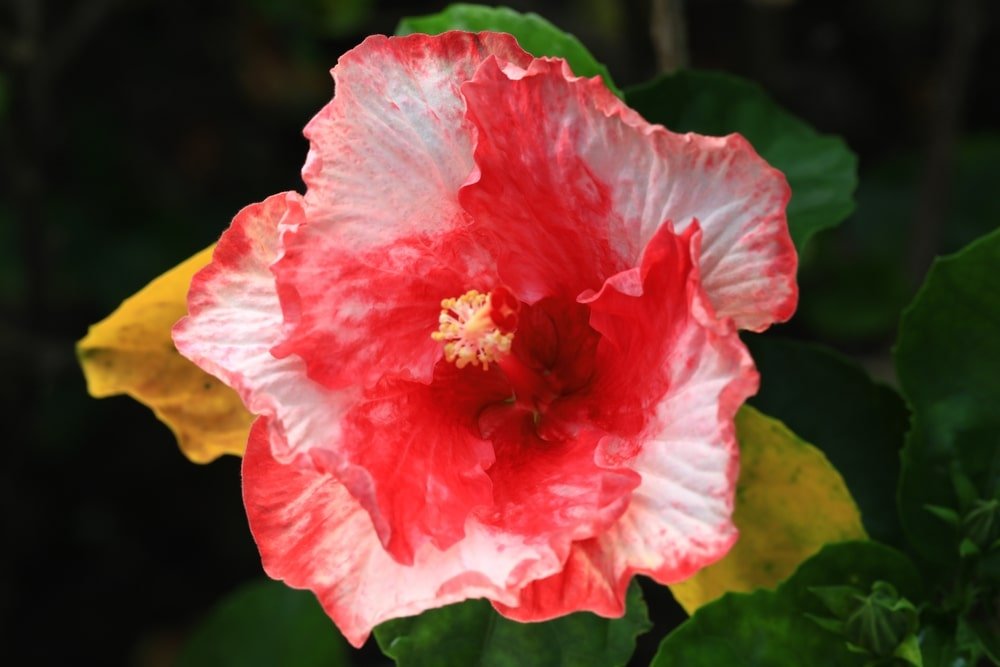
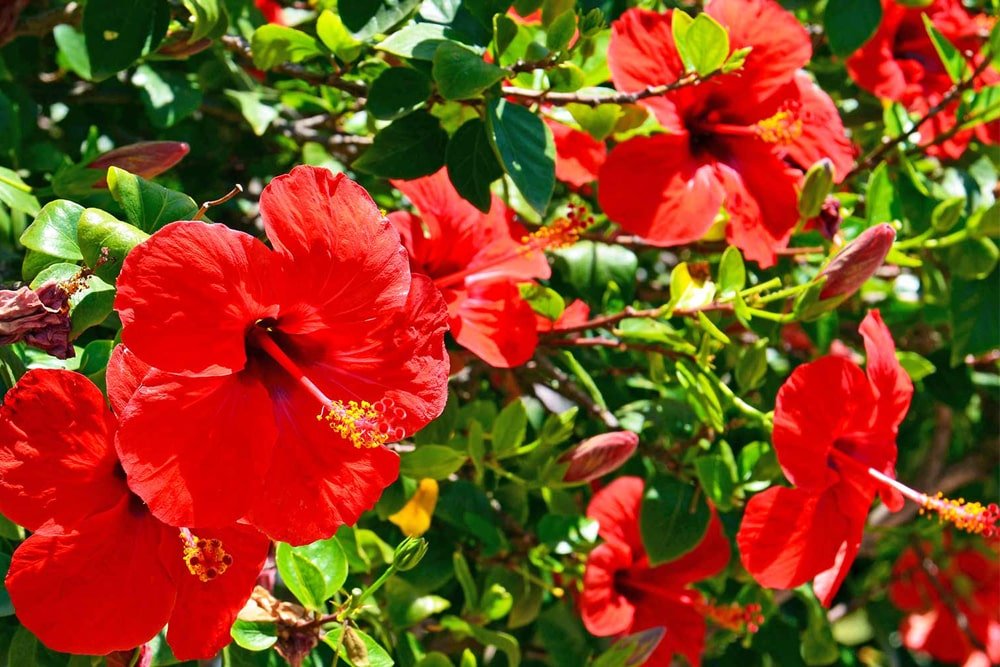

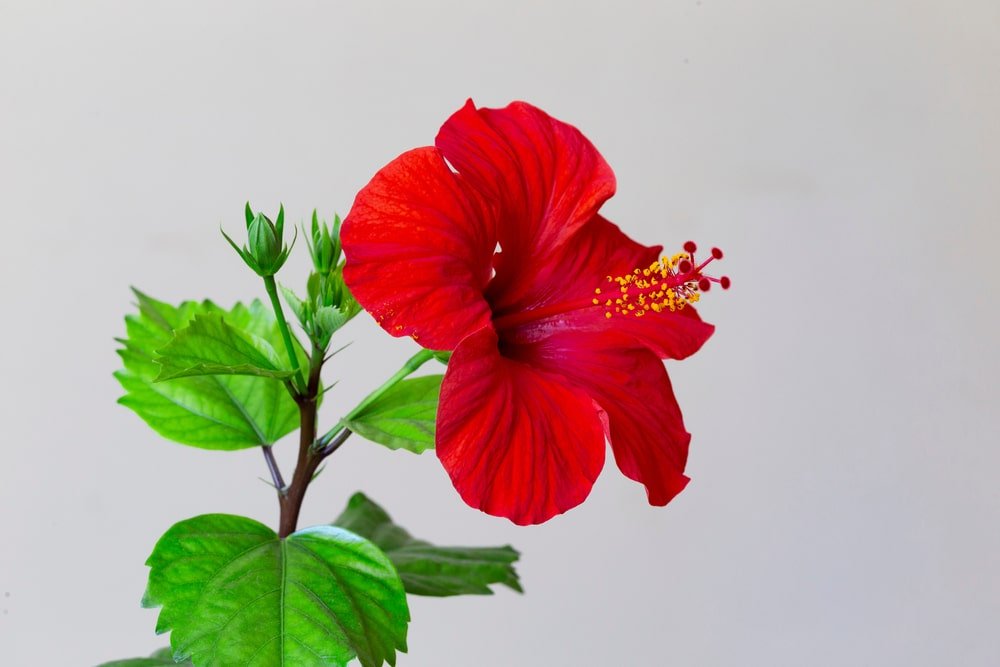
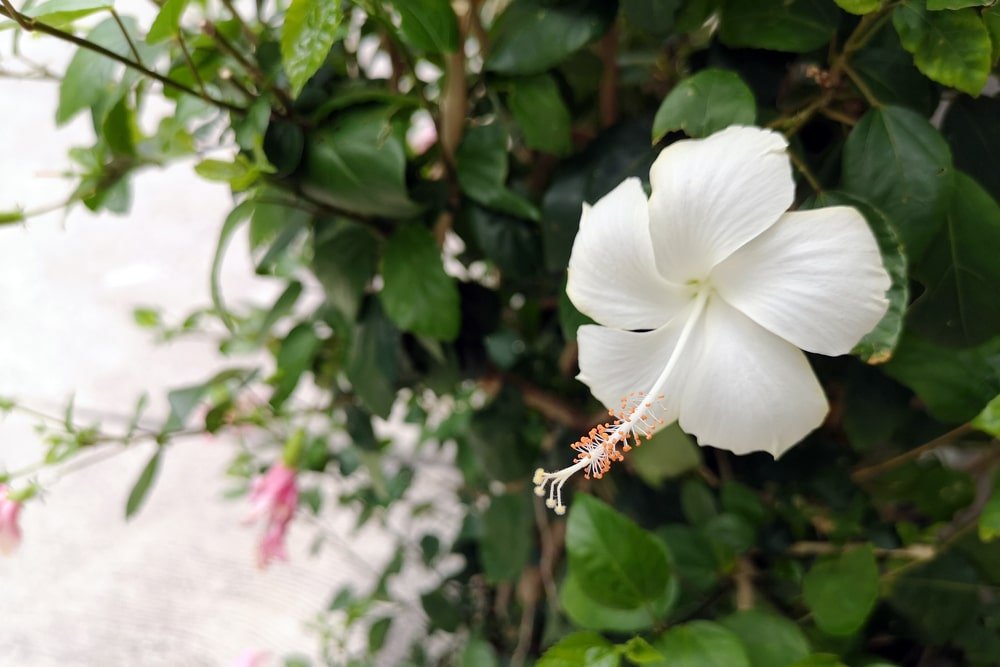

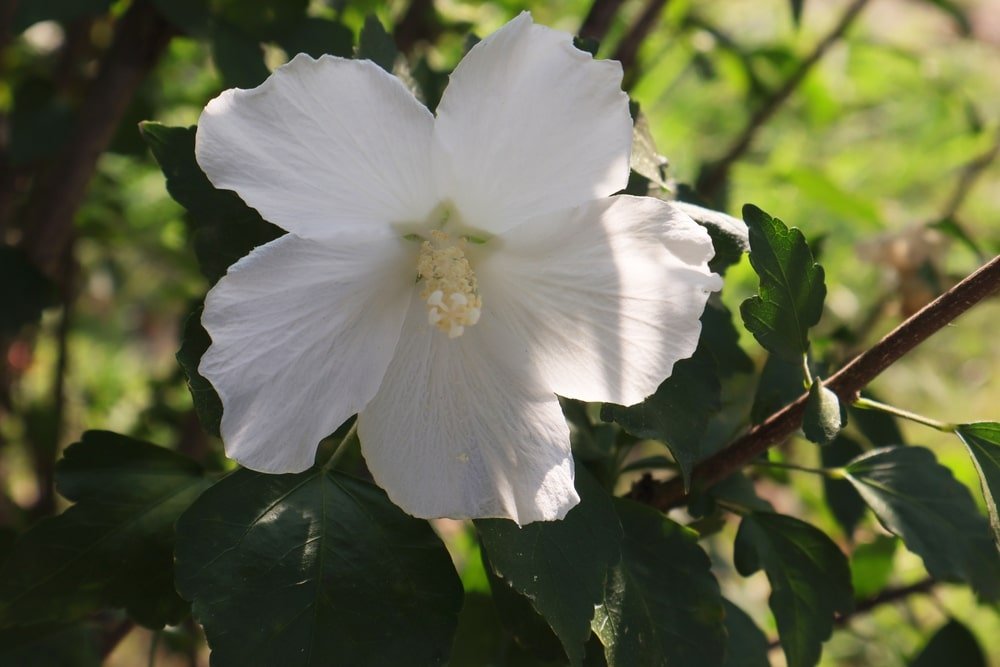


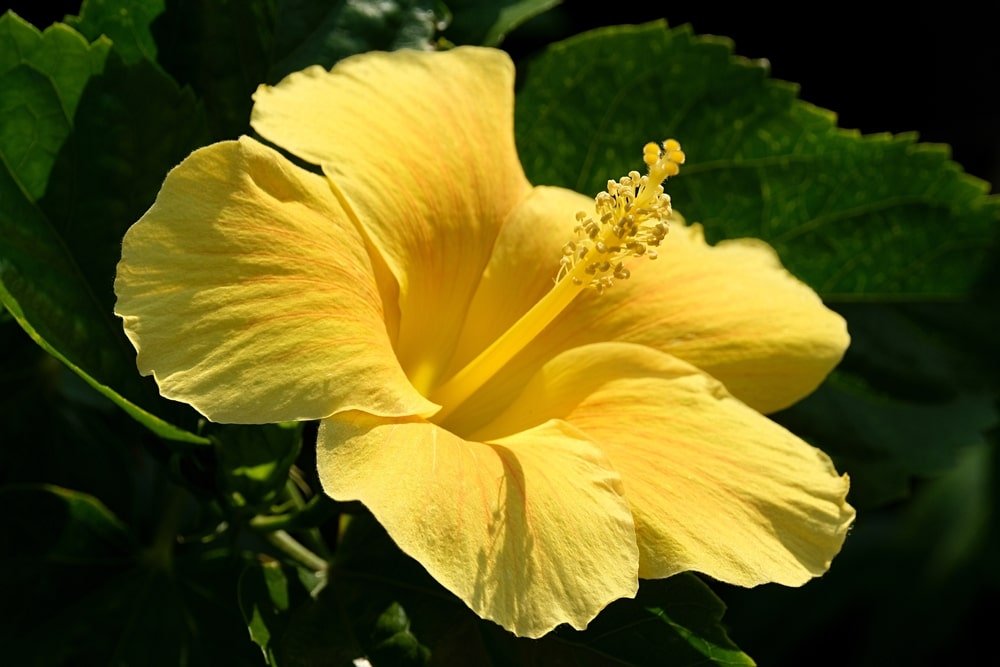
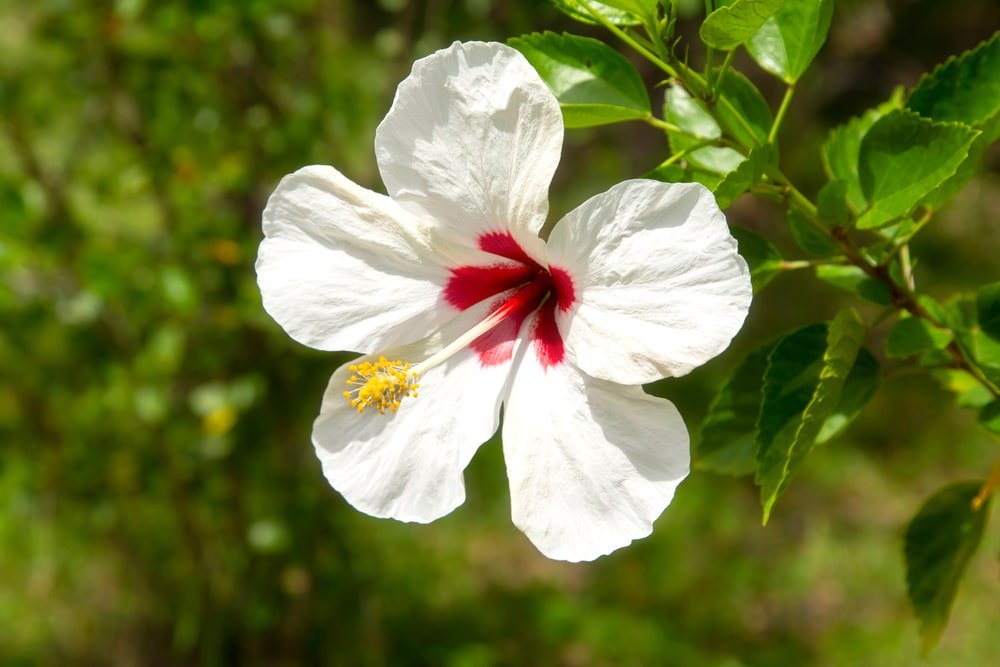

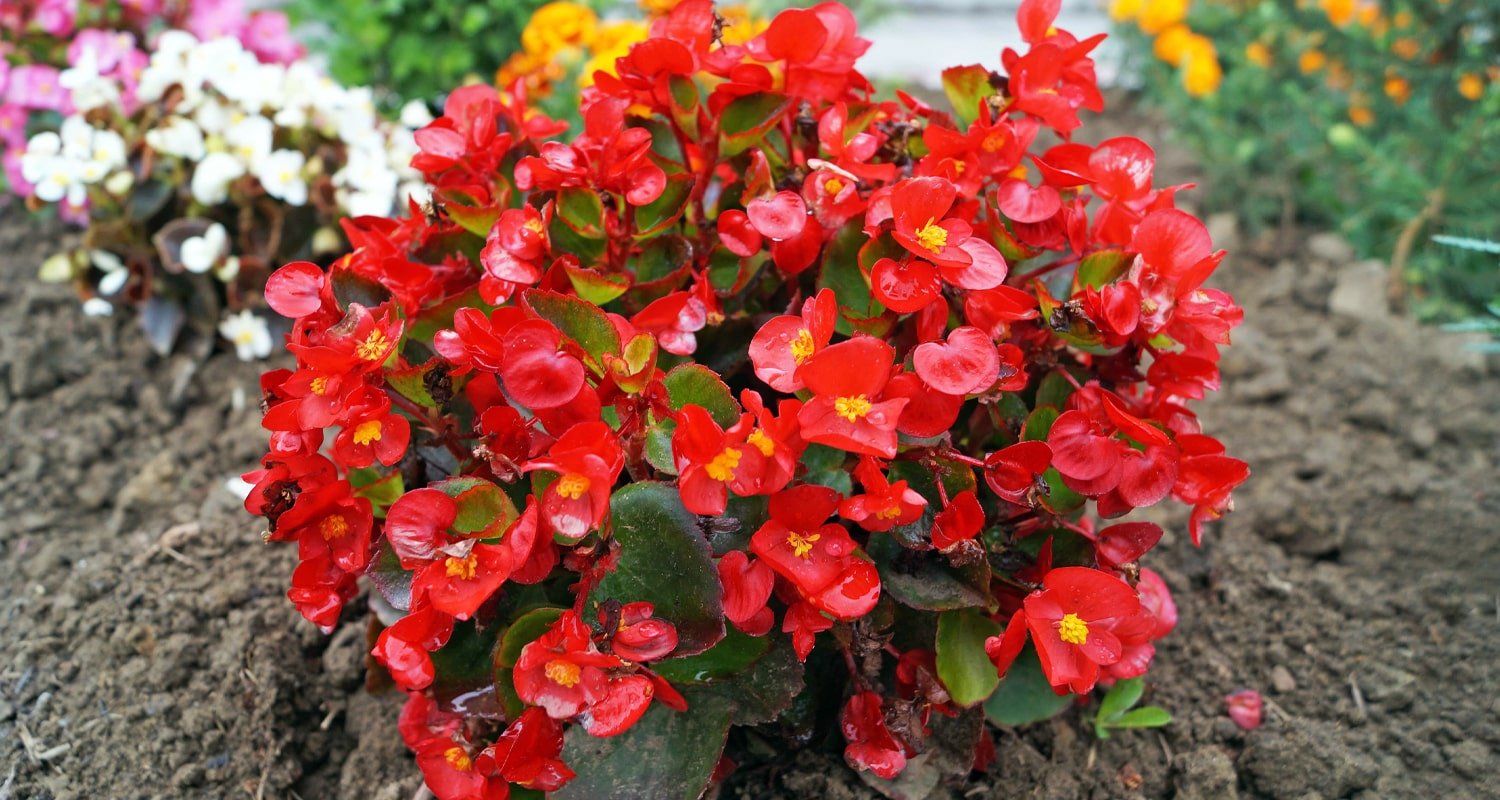

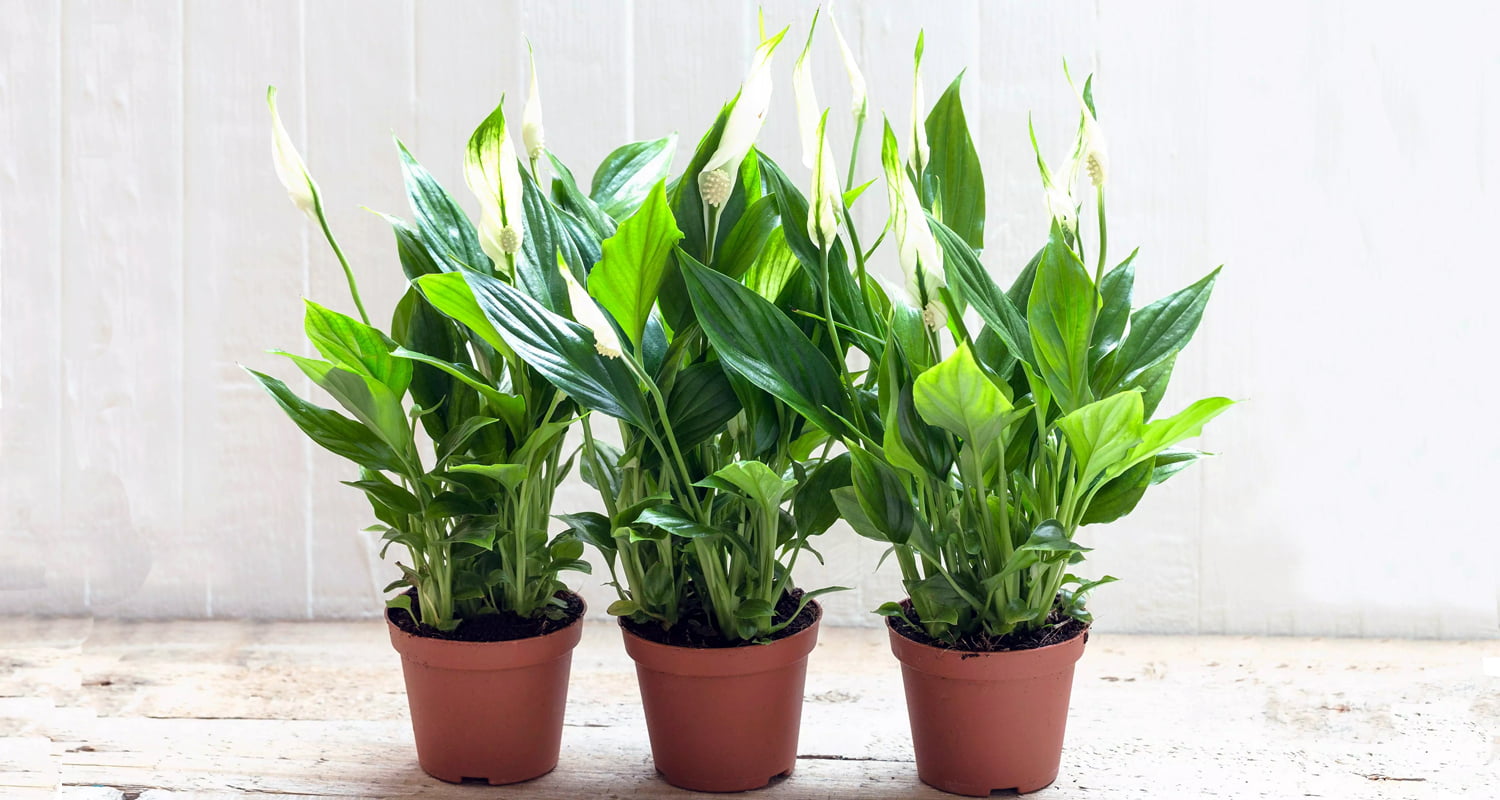

No comment